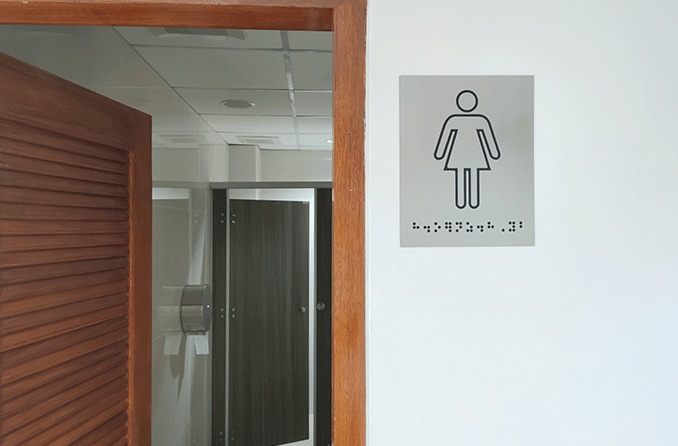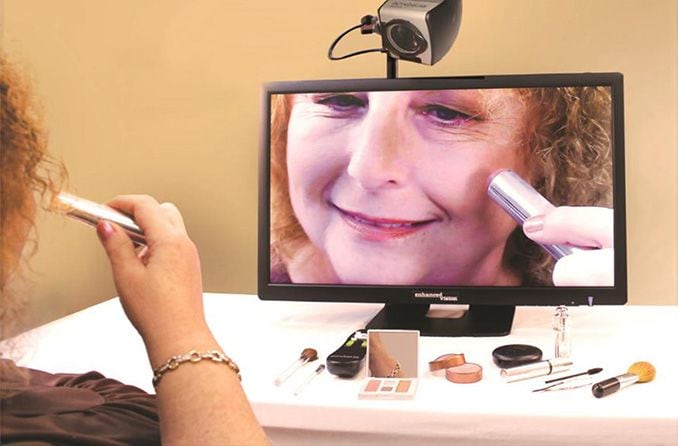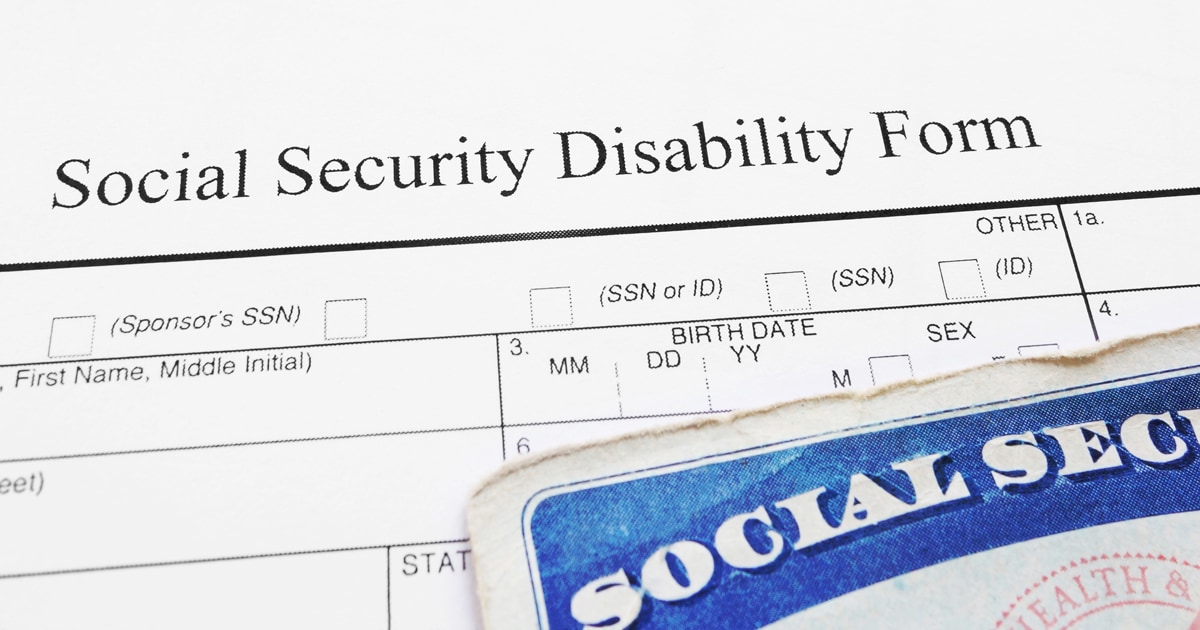How to request an ADA workplace accommodation
The best starting point is to do your homework:
Understand the barrier you face.
Identify your options for accommodation.
Be prepared to discuss them with your employer.
You can start the conversation with your supervisor or an HR representative. Either way, make it clear that you are requesting an accommodation due to a disability-related barrier. Talking through it first is fine, but following up in writing helps keep everyone on the same page and timeline.
Your employer is legally required to consider your accommodation request. Since some visual impairments aren't apparent, they may request medical documentation. They should then provide one of the following responses:
They have approved your solution.
They have suggested an alternative accommodation.
They have declined your request and have included clear feedback on why.
Finding the right accommodation is often a collaborative process between employee and employer. Each case is unique and must be considered on an individual basis.
Note: Employers with 15 or more employees are legally required to provide reasonable accommodations to employees with disabilities. An employer may not be required to provide certain accommodations if they impose an undue hardship.
An accommodation may be impose an undue hardship on an employer if it:
Is substantial or difficult to provide.
Is unduly expensive.
Alters how a business operates.
Even if an accommodation is reasonable, it can still impose an undue hardship. An employer may suggest an alternative accommodation in these situations.
Remember, small businesses with less than 15 employees don’t have to provide workplace accommodations, but many will. It doesn't hurt to ask.
What qualifies as a disability under the ADA?
The ADA promotes equal access to many spaces and resources we all enjoy. Title I specifically provides guidelines for workplace accommodations.
A disability can be permanent, temporary, visible or non-apparent. While there is no list of qualifying disabilities in the ADA, it broadly defines disability as "a physical or mental impairment that substantially limits a major life activity."
Examples of major life activities limited by disability can include:
Seeing
Hearing
Standing
Concentrating
Visual impairments often qualify because they impact how you perform your job duties. For example:
Glaucoma may cloud your vision and make it difficult to read.
Cataracts can cause light sensitivity and make standard lighting too harsh.
There are many types of disability-related barriers that can impact your work:
Physical barriers, such as a parking space that doesn’t have room for a wheelchair lift.
Communication barriers, like training videos without captions or transcripts.
Technological barriers, such as software that isn’t accessible with assistive technology.
Procedural barriers, like a leave policy that doesn’t accommodate time for treatments.
A reasonable workplace accommodation can help ensure you have equal access in these situations.
What are examples of reasonable workplace accommodations?
Reasonable accommodations help people complete their essential work duties. They make a job accessible by changing the work environment or how the job is done.
Reasonable accommodations may include:
Flexible lighting
Large-print materials
Alternative work schedules
For example:
Someone with light sensitivity may request a different computer monitor.
A totally blind person may need screen-reading software.
Employers aren’t required to provide personal items like glasses or magnifiers, though they may choose to do so.
SEE RELATED: New typeface designed specifically for low-vision readers
Do's and don'ts when requesting an accommodation
Do communicate that your accommodation request is disability-related.
Don't feel obligated to disclose specific details about your disability.
Do propose a suggested accommodation that you've researched.
Don't be surprised if your employer proposes an alternative accommodation.
Do follow up if you haven't received a reply.
Don't fear retaliation (remember, the ADA protects you from discrimination).
Do consider filing a charge of discrimination if your request is not discussed or given consideration.
If you've made a request and haven't received clear feedback, it's OK to politely ask again. Take detailed notes on when and who you spoke with regarding your request. Having it in writing keeps you covered if your request is ignored.
If your supervisor doesn't respond, consider talking with their supervisor. A human resources office can also be a great ally when making an ADA accommodations request.
Remember, the interactive process may require an ongoing discussion rather than a single request. Continue providing feedback until you and your employer find the right solution.
What should you do if you get pushback?
While less likely, an employer may object to your request for workplace accommodations. If this happens, remember you have rights.
In these situations, you should visit the Equal Employment Opportunity Commission (EEOC). The EEOC will help you understand your rights and the necessary timelines for filing a complaint.
Every situation and employer follows a different process when filing a charge with the EEOC. The EEOC can counsel you on your rights and help you decide available options. Because the process is time-sensitive, be sure to follow deadlines closely.
Final thoughts on workplace accommodations
Staying employed is a confidence boost and a means of making a living. Losing your eyesight should not prevent you from doing meaningful work. You are just as capable now as you were before losing your sight.
The ADA offers protection and accountability to ensure an equitable and accessible workplace. Remember, you're not asking for special treatment or a favor — you're advocating for your civil rights. Workplace accommodations are often inexpensive and easy to put in place.
READ NEXT: Disability Benefits for the Blind










